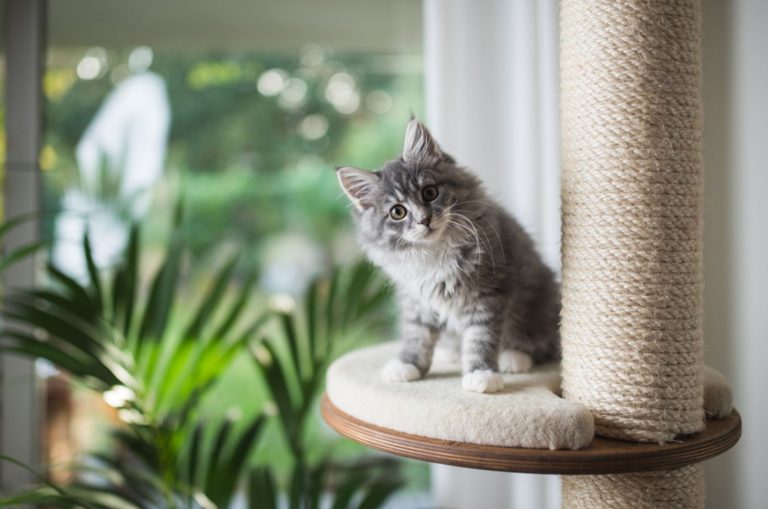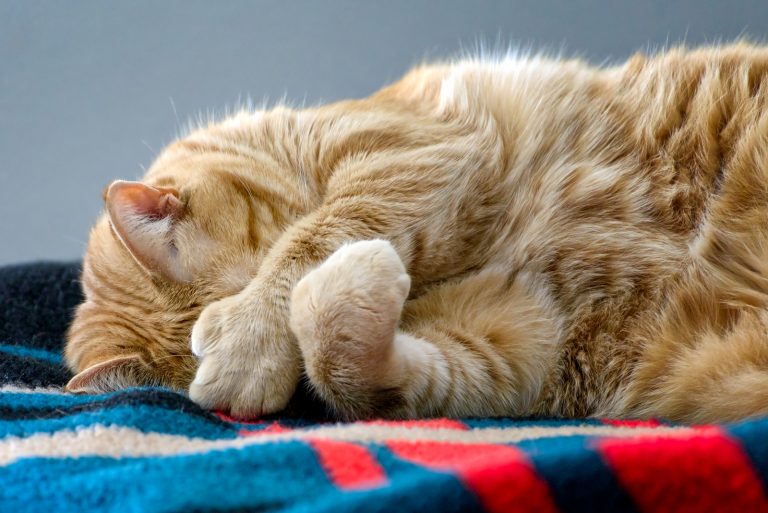The Top 7 States Where Cats Live The Longest Based On Vet Data

Ever wondered where cats enjoy their nine lives to the fullest? Veterinary data reveals fascinating geographical patterns in feline longevity across America.
Some states provide ideal environments for our whiskered companions to thrive well into their golden years. Let’s explore the top seven states where cats consistently live longer lives according to veterinary records.
1. Montana
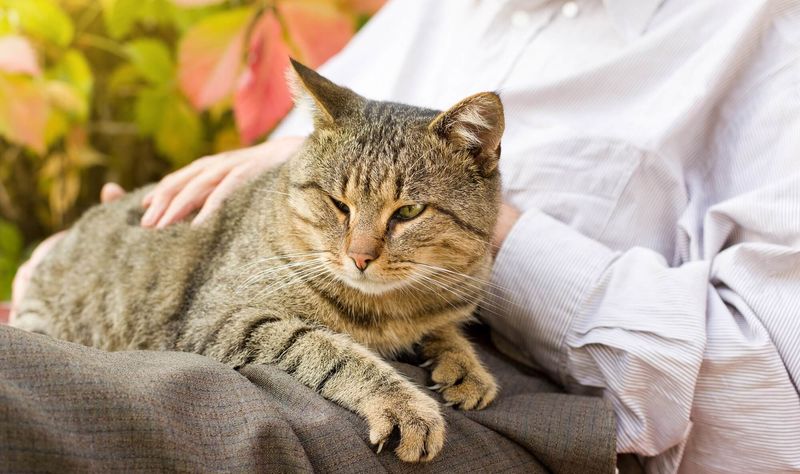
Montana’s vast landscapes give cats room to roam while minimizing urban dangers. The state’s low pollution levels and clean mountain air benefit feline respiratory health.
Rural living reduces exposure to diseases that spread in densely populated areas. Montana’s pet parents also tend to be outdoor enthusiasts who prioritize active, healthy lifestyles for their entire families—including their four-legged members.
2. Minnesota

Minnesota’s frigid winters naturally encourage indoor cat keeping, protecting felines from the elements and outdoor hazards. The state’s exceptional network of animal welfare organizations promotes responsible ownership practices. Did you know?
The University of Minnesota hosts one of the nation’s leading veterinary medicine programs, pioneering feline health research that benefits local cats first. This academic presence elevates the standard of care throughout the state.
3. Oregon
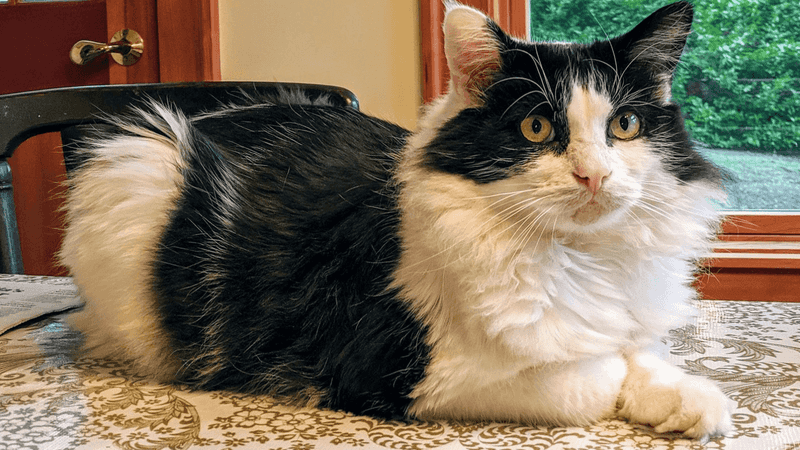
Oregon’s progressive approach to pet wellness embraces both conventional and complementary care options. Feline acupuncture, physical therapy, and specialized nutrition counseling are readily available throughout the state.
The mild Pacific Northwest climate reduces seasonal stressors on cats’ immune systems. Portland alone hosts over 40 cat-exclusive veterinary practices, offering specialized care that addresses feline-specific health concerns before they become life-threatening.
4. South Dakota

South Dakota’s slower pace of life translates to less stress for its feline inhabitants. Cats thrive in the state’s peaceful environments, where lower noise pollution and fewer environmental stressors contribute to overall wellbeing.
The tight-knit communities foster neighborhood pet-watching networks, ensuring wandering cats are quickly reunited with owners. Many South Dakota cats enjoy farm or ranch living, combining safe indoor accommodations with supervised outdoor experiences.
5. Colorado

The Centennial State’s health-conscious culture extends to its feline residents! Regular preventative care is the norm, not the exception, among Colorado’s pet parents.
Cats here benefit from the state’s high rate of indoor-only living, protecting them from predators, traffic, and disease exposure. The state also boasts one of the highest veterinarian-to-pet ratios in the country, ensuring quality healthcare access.
6. New Mexico
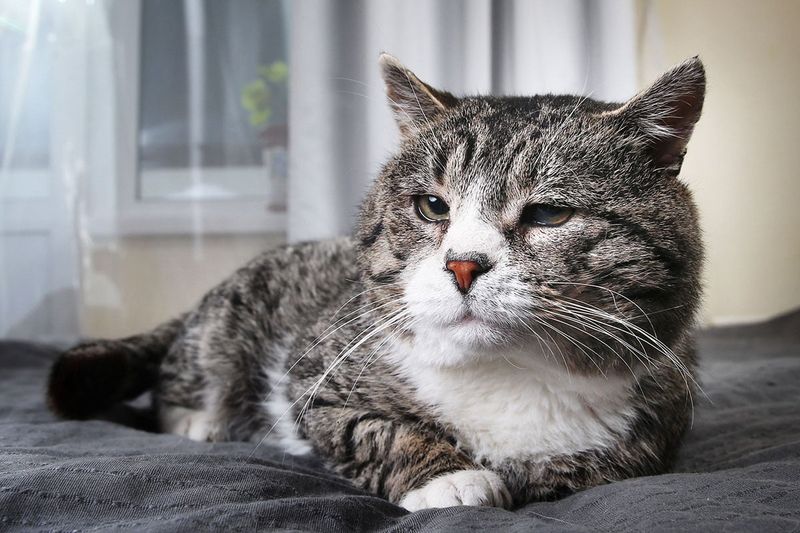
The Land of Enchantment takes cat health seriously! New Mexico’s expansive trap-neuter-return programs have dramatically reduced feral cat populations, decreasing disease transmission to household pets.
The state’s dry climate means fewer respiratory infections and skin conditions that plague cats in humid regions. Many New Mexico communities offer low-cost vaccination clinics, ensuring even lower-income households can provide preventative care that extends feline lifespans.
7. Wyoming

Wyoming’s abundant space means less competition for territory, reducing stress-related health issues in cats. The state’s pristine environment offers fewer pollutants that can trigger feline asthma or other respiratory conditions.
Wyoming cat owners report stronger bonds with their pets, perhaps due to the state’s emphasis on self-reliance and home-centered lifestyles. These close relationships mean health changes are noticed quickly, allowing for prompt veterinary intervention when needed.




